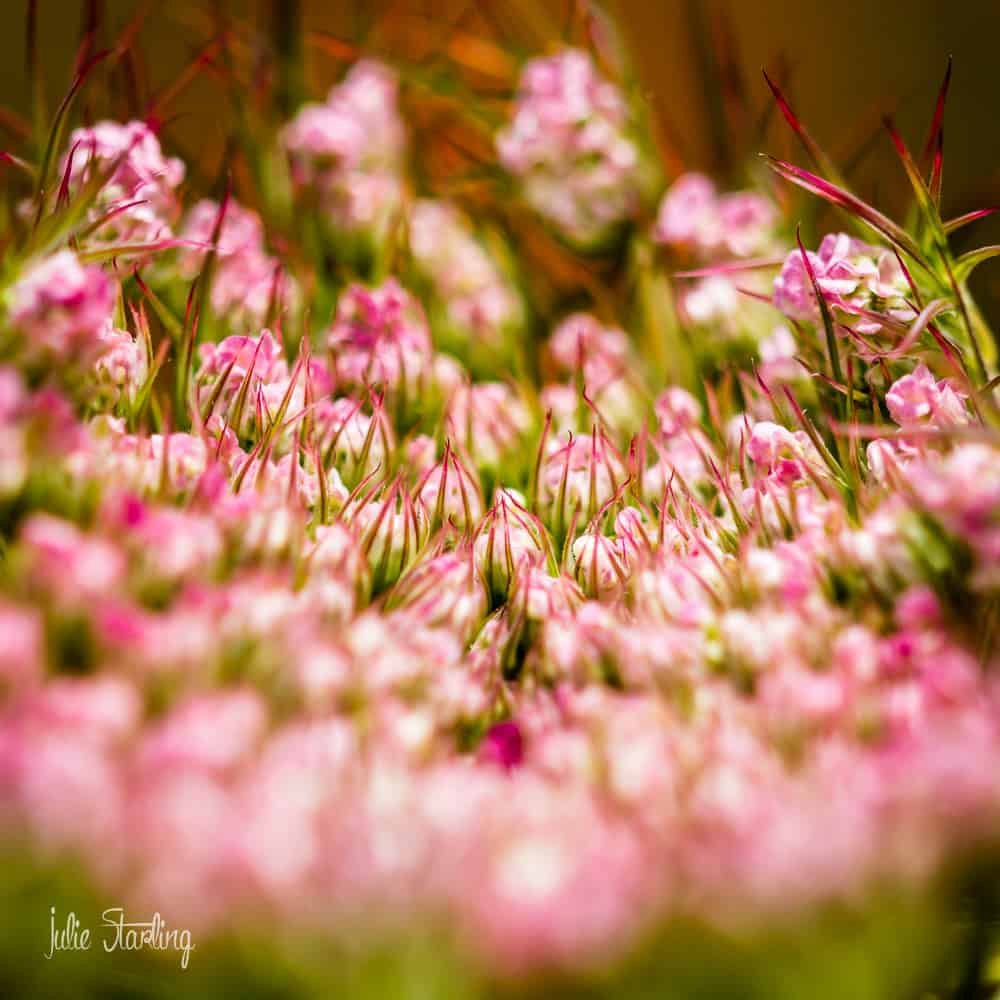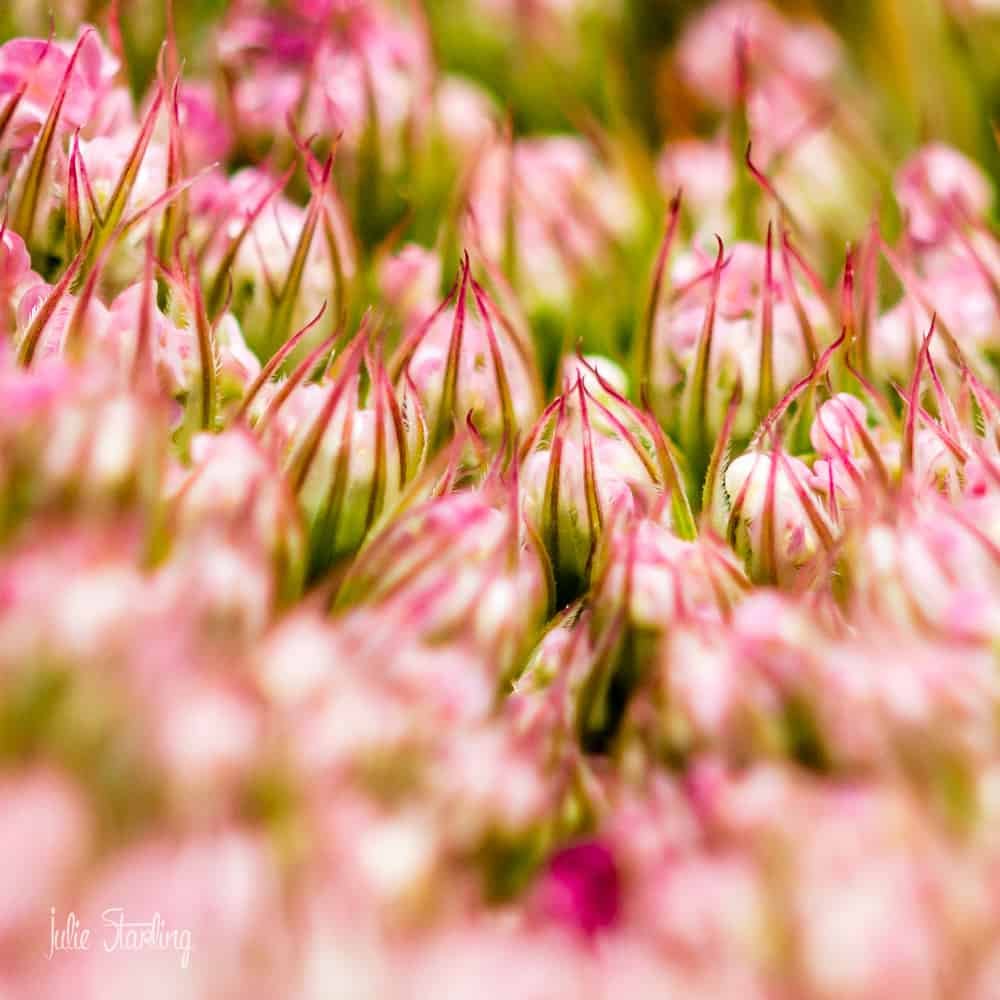Budding Queen Anne's Lace, Daucus carota. 169/365
Other names include wild carrot and bishop's lace. A flowering plant, native to Europe and southwest Asia and naturalized in North America. It grows between 1-2 feet tall, and blooms into a cluster of tiny white flowers in dense umbrels.
Each Queen Anne's lace plant lives for two years. During its first year it forms a flat leafy rosette close to the ground, and produces no stems or flowers. During the second year a long branched stem topped with flowers appears. Then as autumn approaches Queen Anne's lace plants release their many small seeds and die.
Closer Still: The budding Queen Anne's Lace, Daucus carota.
Medicinal uses for Queen Anne's lace were described by Hippocrates over 2000 years ago and many more uses have been found since then. Medicinal uses include soothing the GI, supporting the liver, bladder and kidneys. Infusion of the various parts of the plant is used for treating kidney and bladder diseases, countering cystitis and kidney stones, stimulating the pituitary gland to increase the levels of sex hormones. The seed is actually a traditional use for the "morning after" contraceptive.
More Queen Anne's Lace photos and facts coming this week.
Tags: Project 365


The flower is so pretty and delicate. Thanks for all the background - we are learning a lot about nature and its good benefits from you.
Woos - Ciara and Lightning